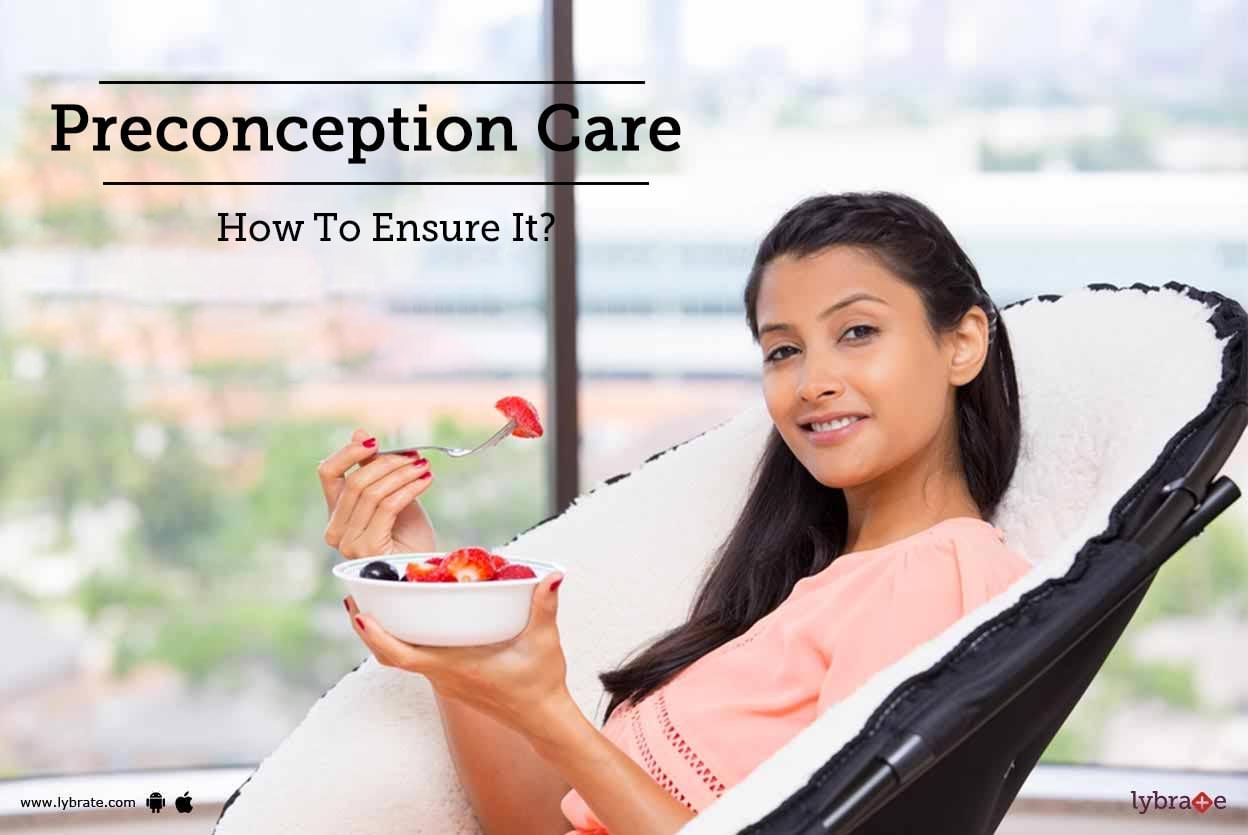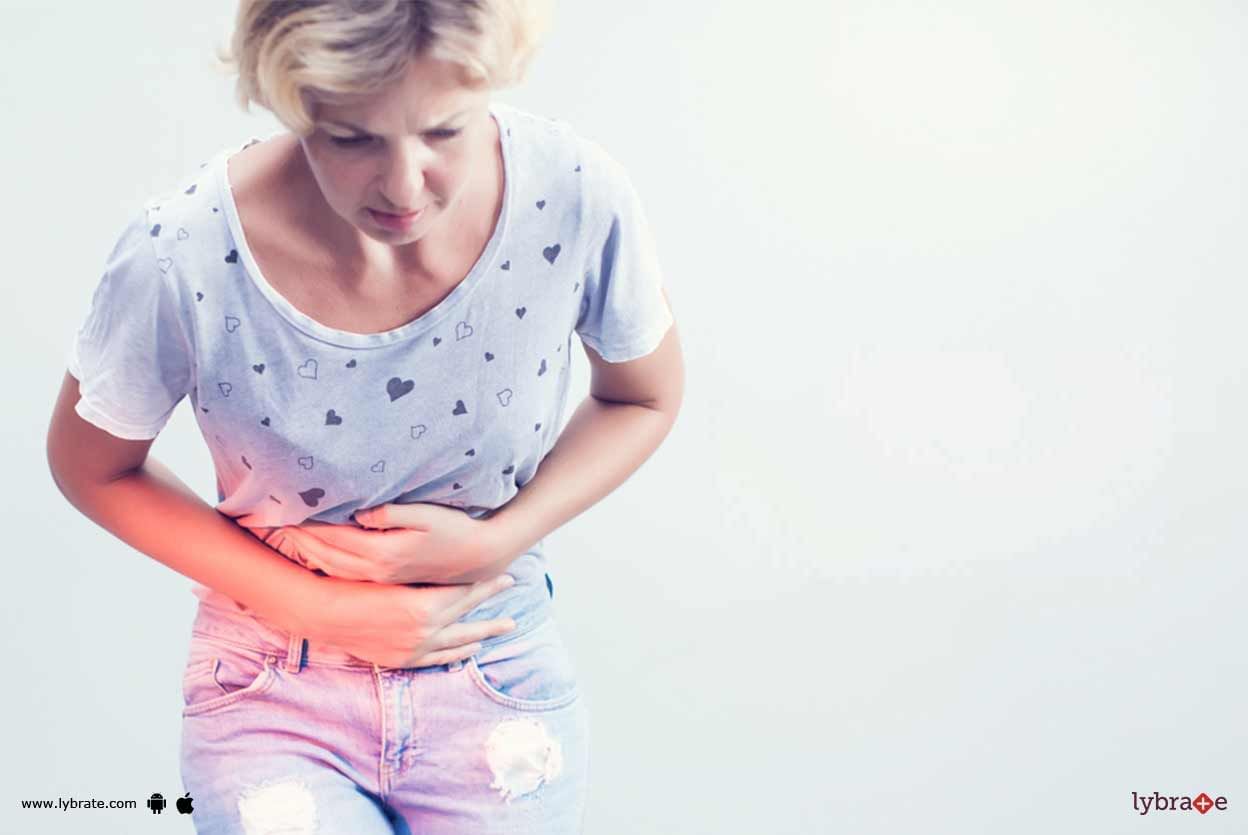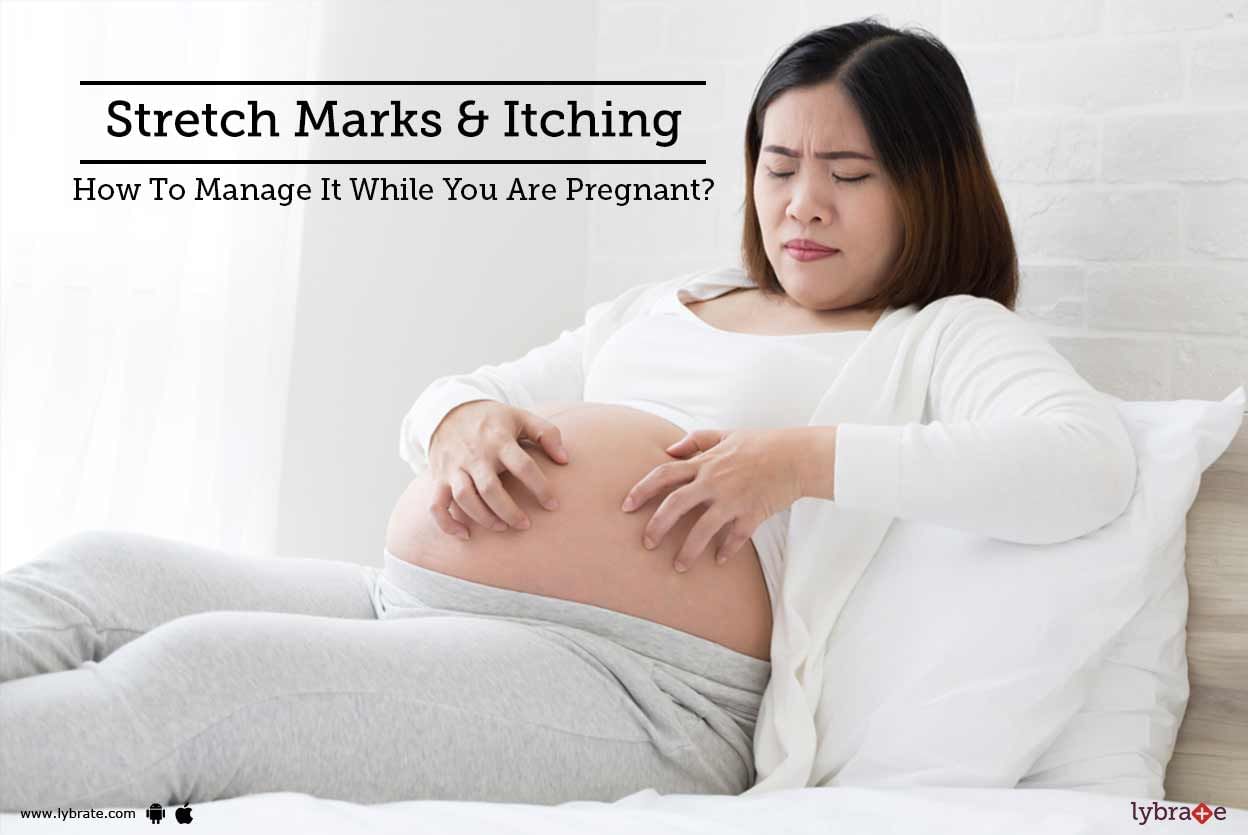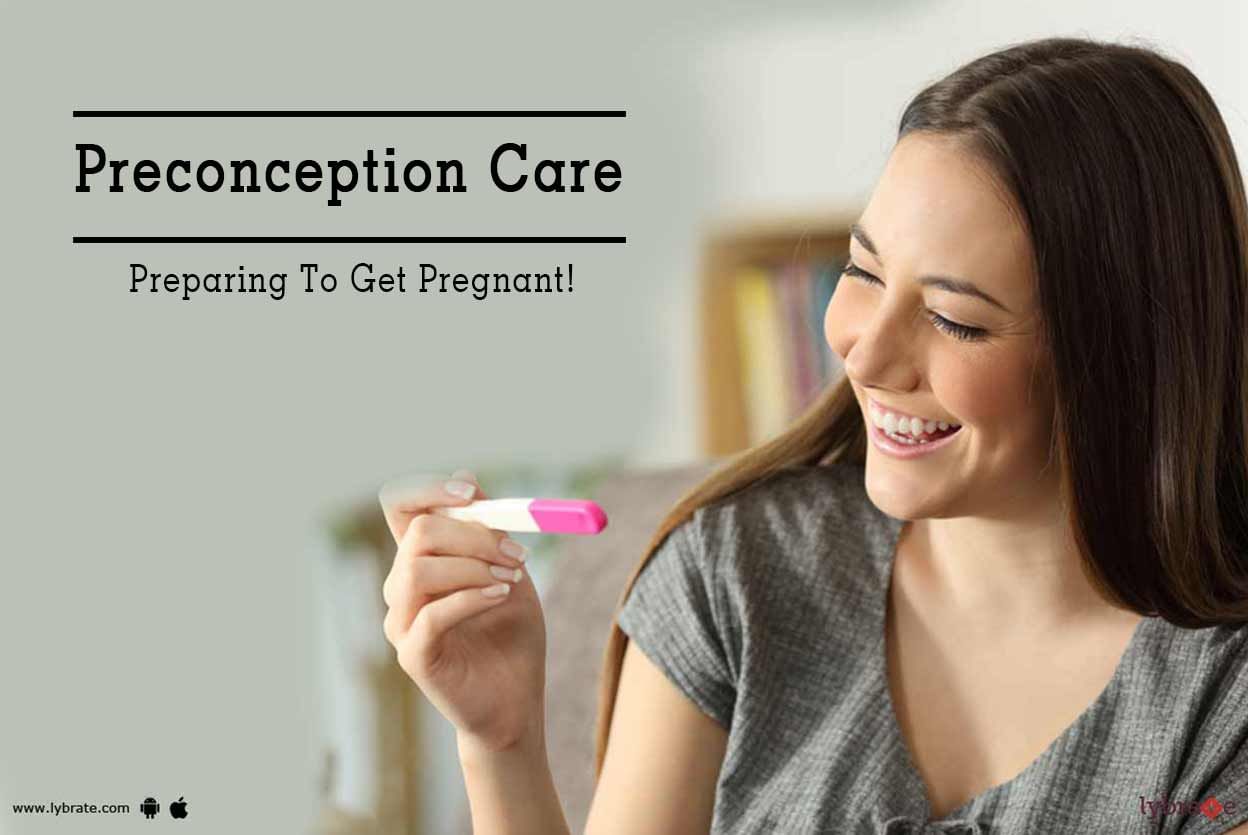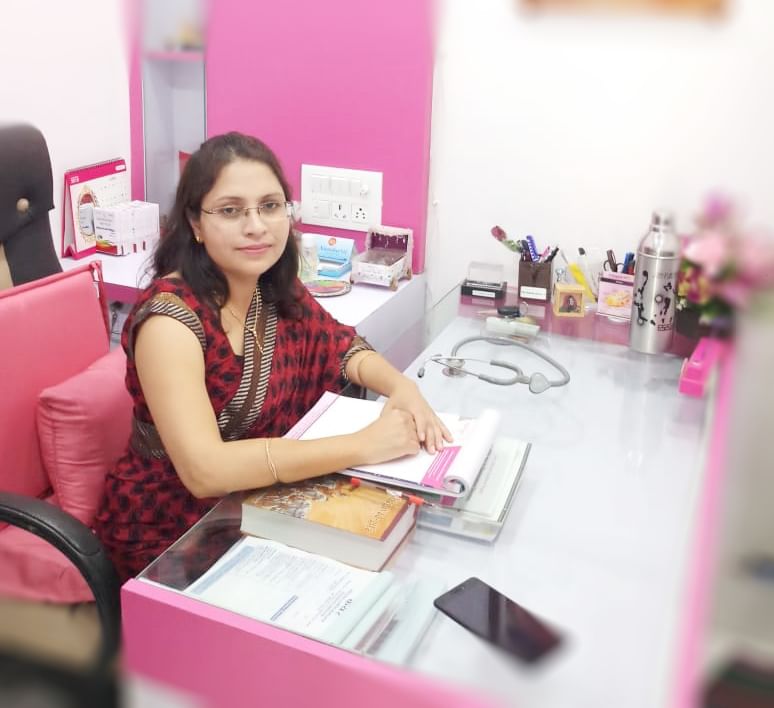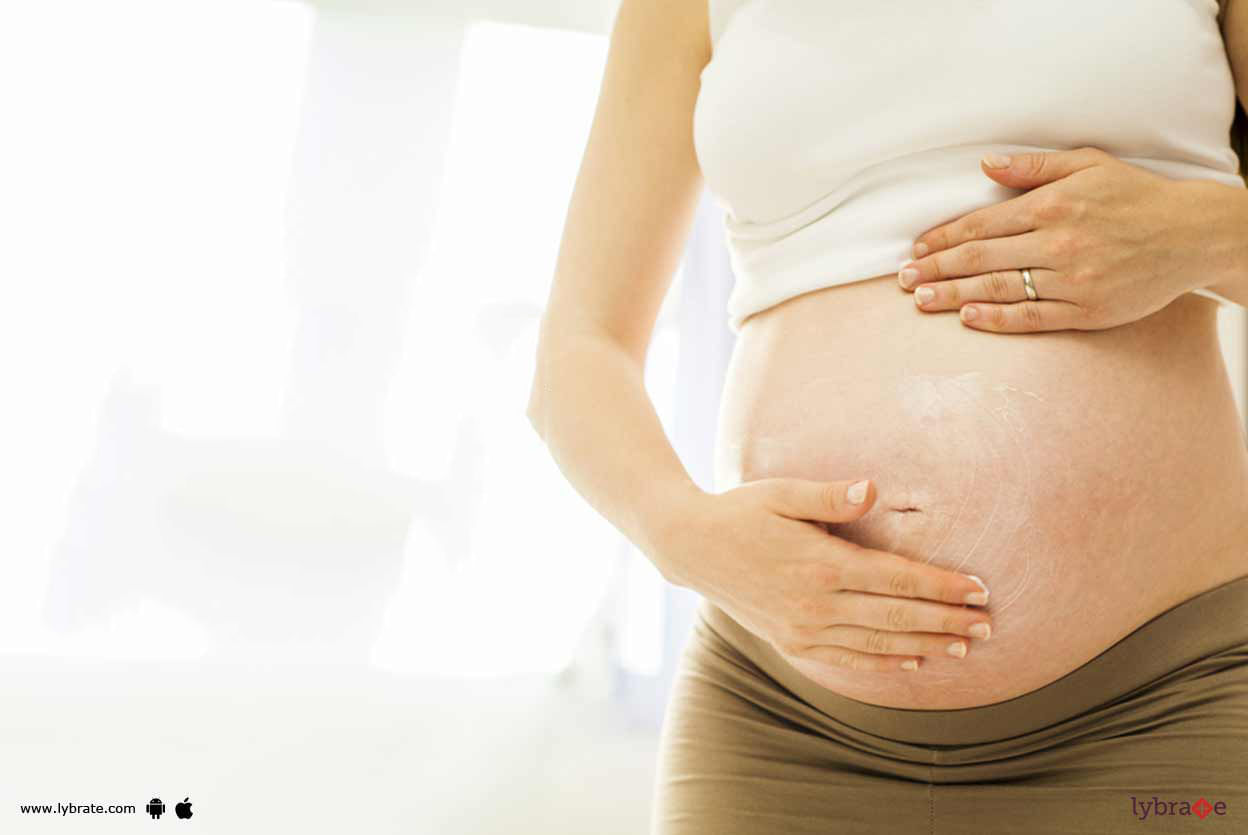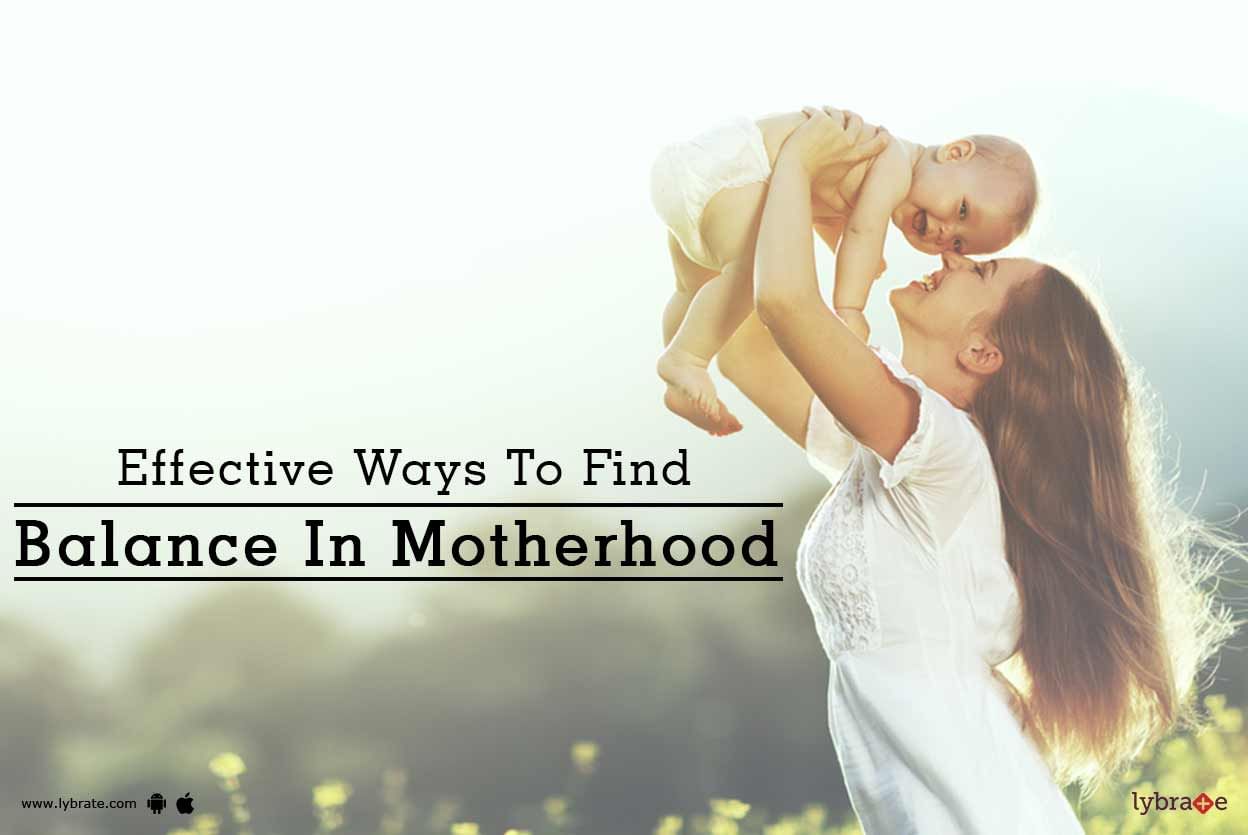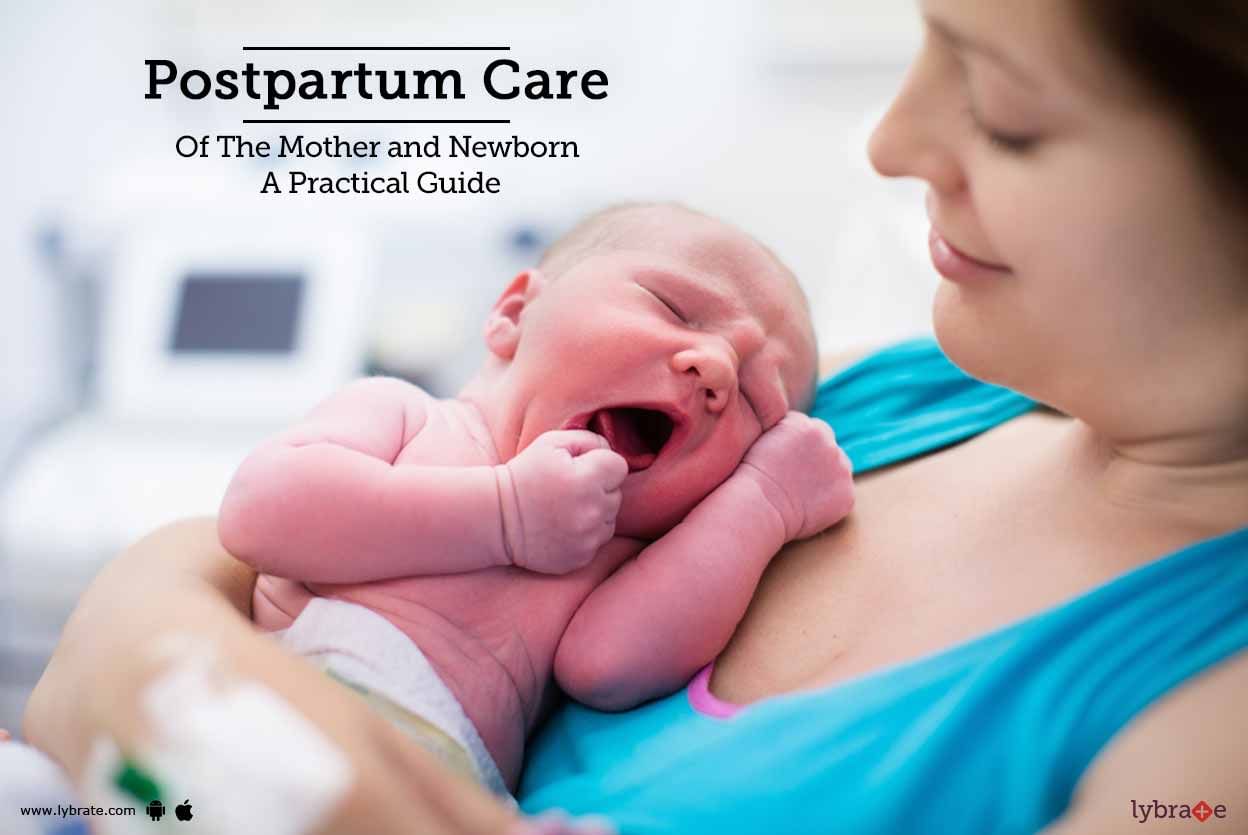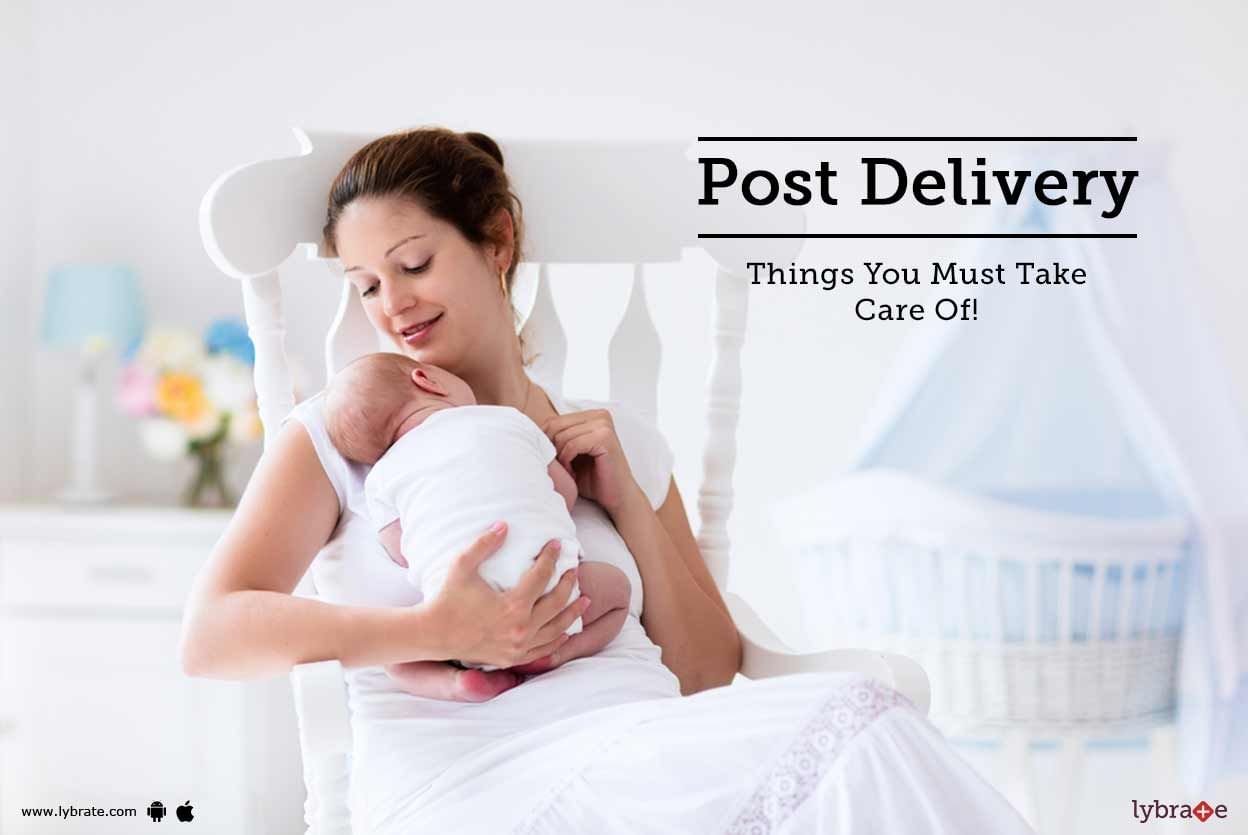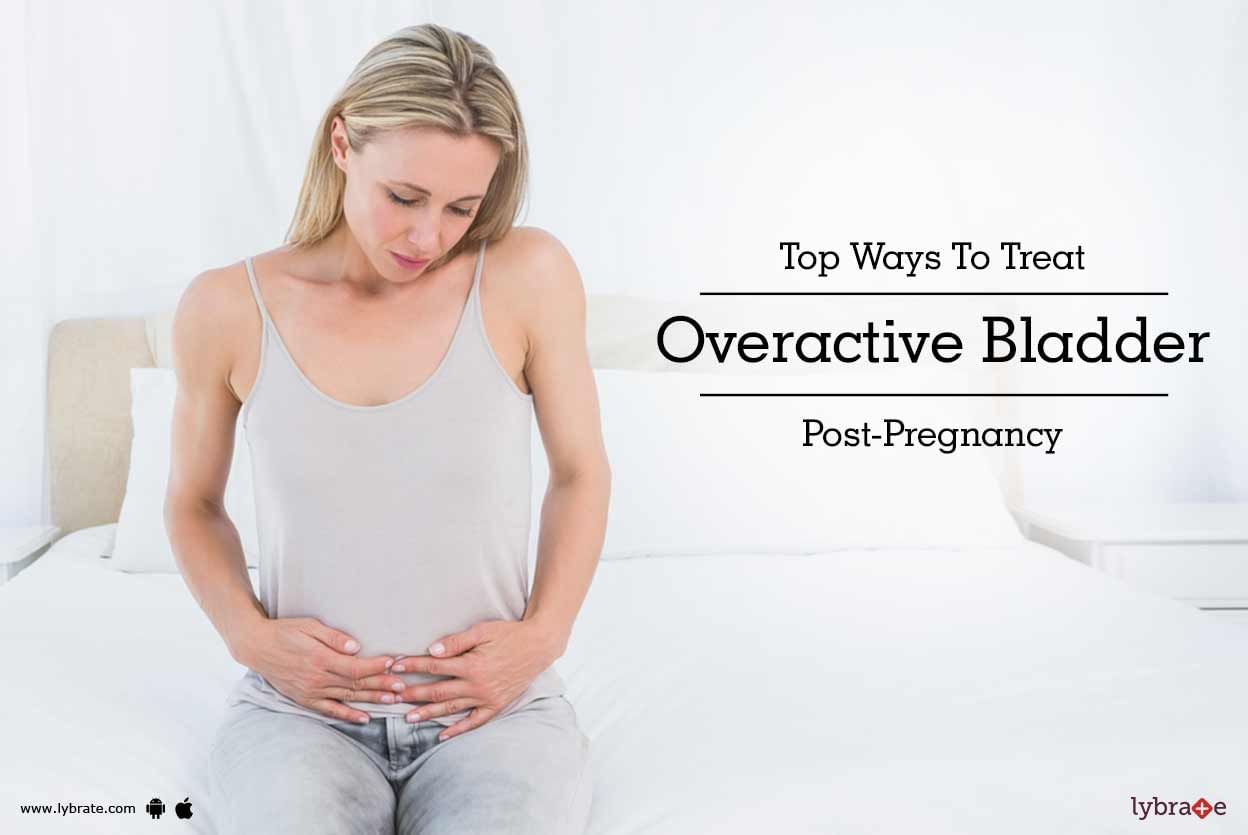Get the App
For Doctors
Login/Sign-up
Health Feed
Find Doctors
Health Packages
AllQ&AsTipsQuizzes
Pre And Post Delivery Care Tips
Last Updated: 5 years ago• Featured Tip
Share
Bookmark
Report
When a woman is expecting her child, she has a lot of responsibilities on her shoulders for the health and well-being of herself and her child. An expectant mother is recommended to follow certain rules and give up certain habits so that during the pregnancy period she and the unborn child in her womb get all the nutrients for the healthy growth of the baby. There are certain preconception cares that the expecting mother must abide by.
Some of these are explained below:
Giving ...more
Some of these are explained below:
Giving ...more
Last Updated: 6 years ago• Featured Tip
Share
Bookmark
Report
An expecting mother runs the risk of suffering from a range of complications during and after pregnancy. You were very wrong to think childbirth is about antenatal care and once the baby is born, the mother is safe from danger. Both C- Sections and vaginal deliveries take into account the hovering threat of impediments. Sudden problems like perineal lacerations, amniotic cavity issues, umbilical cord issues, abnormal fetal heart rate, and stalled labor might be experienced during giving birth to...more
Last Updated: 6 years ago• Featured Tip
Share
Bookmark
Report
While pregnancy is a wonderful time as you are anticipating the arrival of your child, it can bring many skin problems along with it. While these are nothing major, you do need to take care of these problems as they may either leave marks on your skin post-pregnancy and even cause discomfort during it. Some of these problems are discussed here.
Stretch Marks: Pregnancy stretch marks are minute thin lines, which occur during the later stages of pregnancy on the abdomen. These stretch mar...more
Stretch Marks: Pregnancy stretch marks are minute thin lines, which occur during the later stages of pregnancy on the abdomen. These stretch mar...more
Last Updated: 6 years ago• Featured Tip
Share
Bookmark
Report
Planning on getting pregnant can involve taking steps that will help you in having a safe and fulfilling pregnancy and subsequent childbirth. It is important to indulge in preconception planning so as to ensure that you are in the pink of health and ready to go through the process of bearing and birthing a child in the best possible manner. Indulging in this stage is also a way of looking out for your unborn child and ensuring that he or she gets the best conditions during and right after pregna...more
Last Updated: 6 years ago• Featured Tip
Share
Bookmark
Report
Pregnancy is definitely a new and beautiful phase in a woman s life. During this time, the woman s body goes through multiple changes during the nine months and post-delivery, extra care is needed for the body to get back to its pre-pregnancy state. The following are some tips to care for your post-partum body immediately after delivery and through the first six weeks after childbirth.
Perineal soreness: The area between the vagina and the anus stretches a lot during labor and can be so...more
Perineal soreness: The area between the vagina and the anus stretches a lot during labor and can be so...more
Last Updated: 6 years ago• Featured Tip
Share
Bookmark
Report
In today's world, the number of working moms all over the world is more than ever. Such women have a huge two-fold task of balancing between work and home, which includes looking after their children and managing their work at office. Balancing the two ends can make life hard for a working mother.
Here are some effective ways to find balance in motherhood for working mothers:
Find good child care: While you are out for work all day, it is very important for you to get a good ba...more
Here are some effective ways to find balance in motherhood for working mothers:
Find good child care: While you are out for work all day, it is very important for you to get a good ba...more
Last Updated: 7 years ago• Featured Tip
Share
Bookmark
Report
Postpartum is the period after one's labour and delivery. Pregnancy and postpartum are a time when a woman's body changes to a great extent in order to first accommodate the baby and then go through labour and delivery. A vaginal delivery can have many implications when it comes to the postpartum. The same goes for a Caesarean Section or C Section as well. Let us find out what your postpartum care routine should include.
Vaginal Soreness: Deal with vaginal soreness with the help of stoo...more
Vaginal Soreness: Deal with vaginal soreness with the help of stoo...more
Last Updated: 7 years ago• Featured Tip
Share
Bookmark
Report
Childbirth is a very strenuous procedure, one has to undergo. Just like pregnancy, vaginal childbirth can take a toll on your health. But, there are certain simple tips and tricks you can have up your sleeves which can ensure you stay in optimal health post child birth.
Listed below are a few steps one can undertake to take care of your body after childbirth:
A healthy meal: Since childbirth, both vaginal and C-section, are strenuous procedures, you should choose to ...more
Listed below are a few steps one can undertake to take care of your body after childbirth:
A healthy meal: Since childbirth, both vaginal and C-section, are strenuous procedures, you should choose to ...more
Last Updated: 8 years ago• Featured Tip
Share
Bookmark
Report
There are certain changes that are noticed in the body post-pregnancy. One such change that might affect you is an overactive bladder. Usually, depending on the amount of liquid that goes into the body, an individual urinates eight to ten times a day. But post-pregnancy this statistic might increase to around ten to twelve times a day. While urinating helps the body to get rid of excessive body wastes, extreme urinating would also get rid of the necessary minerals and liquid that the body requir...more
Last Updated: 8 years ago• Featured Tip
Share
Bookmark
Report
Dark circles are also known as peri orbital dark circles. Dark circles are dark blemishes which appear around the eye. Dark circles can appear at any age although older people are more likely to develop it. They may appear due to anemia, fatigue, medications, allergies, ageing or due to genetic problems. Dark circles may be treated either naturally with various home remedies or through artificial treatment.
The nine remedies stated below are some of the ways to cope up with the problem...more
The nine remedies stated below are some of the ways to cope up with the problem...more
Book appointment with top doctors for Pre And Post Delivery Care treatment
View fees, clinic timings and reviews
Ask a free question
Get FREE multiple opinions from Doctors
posted anonymously


